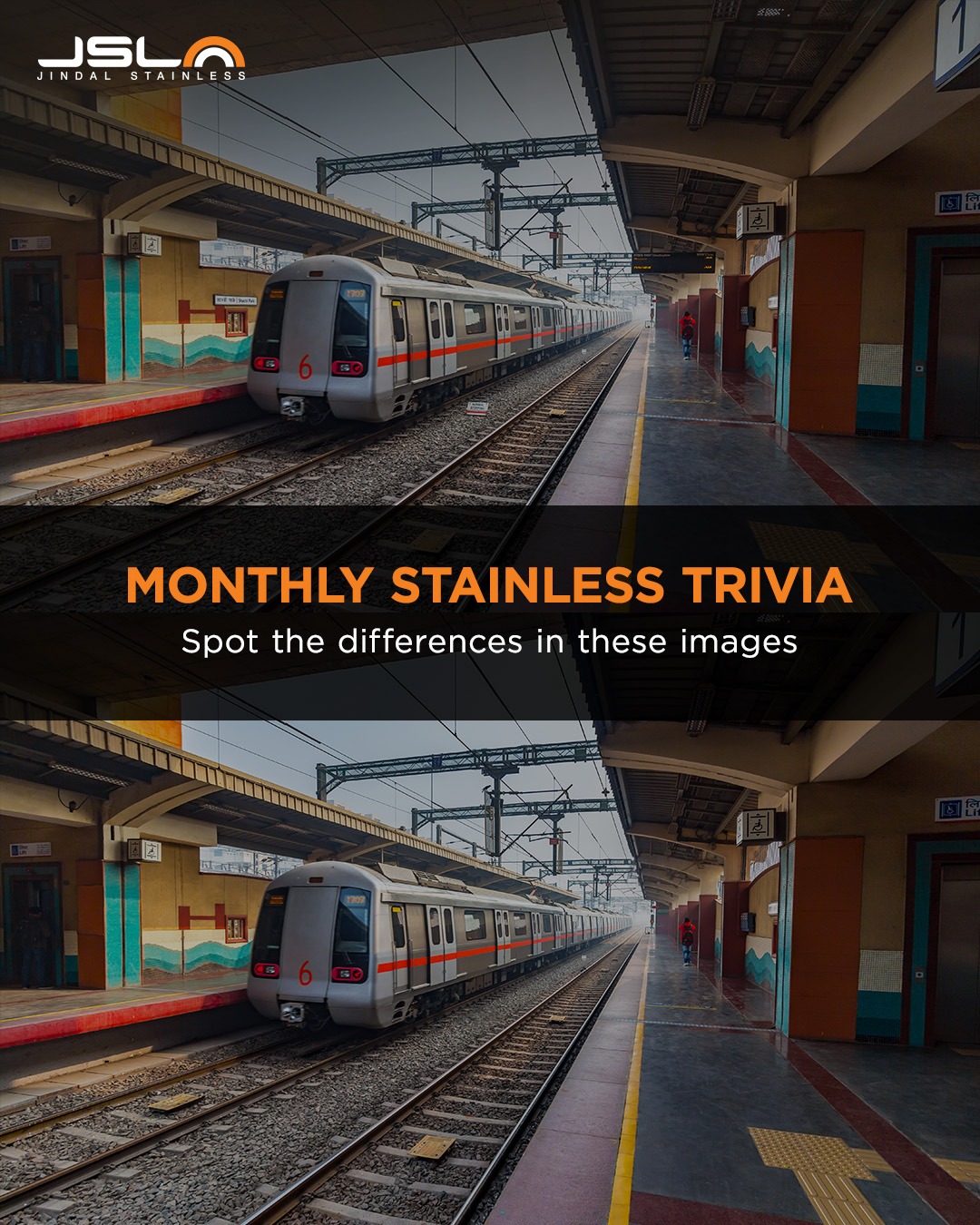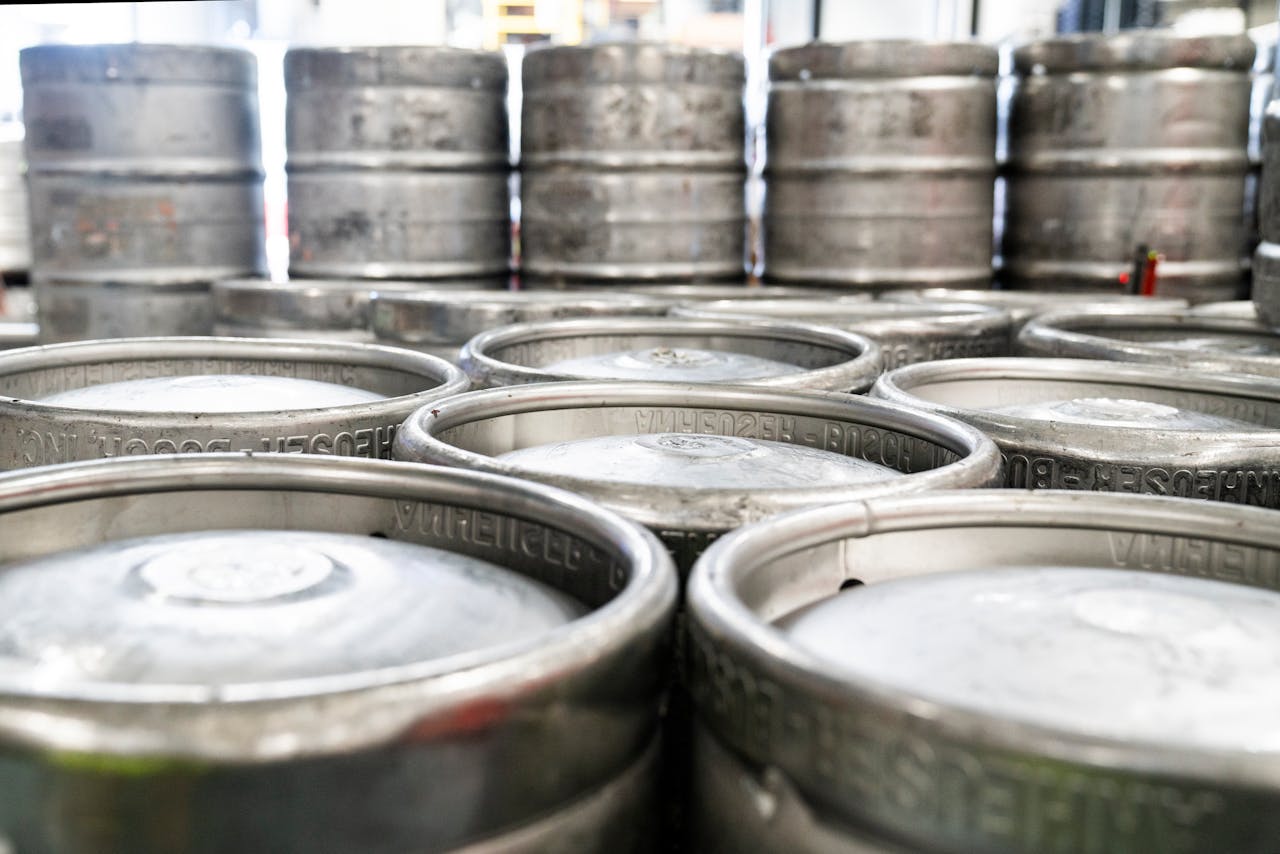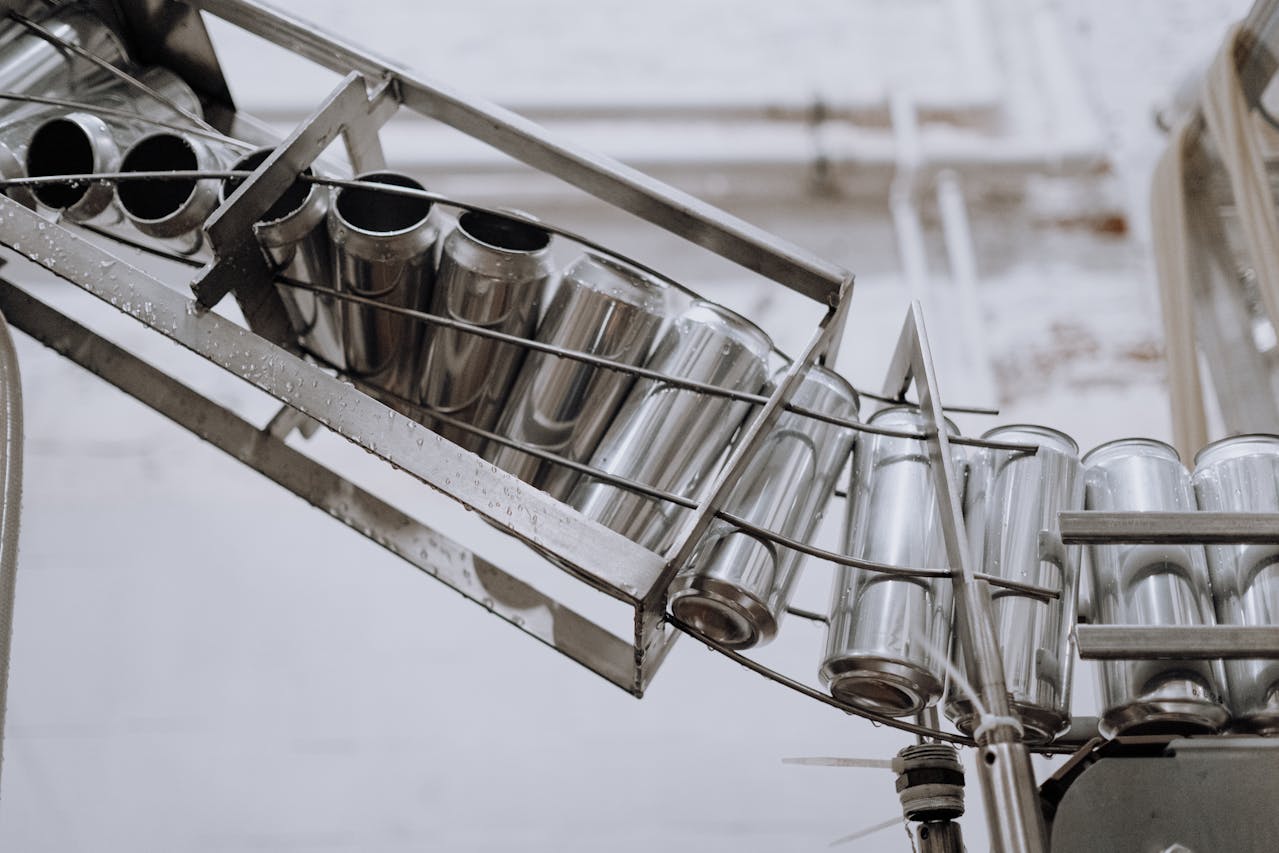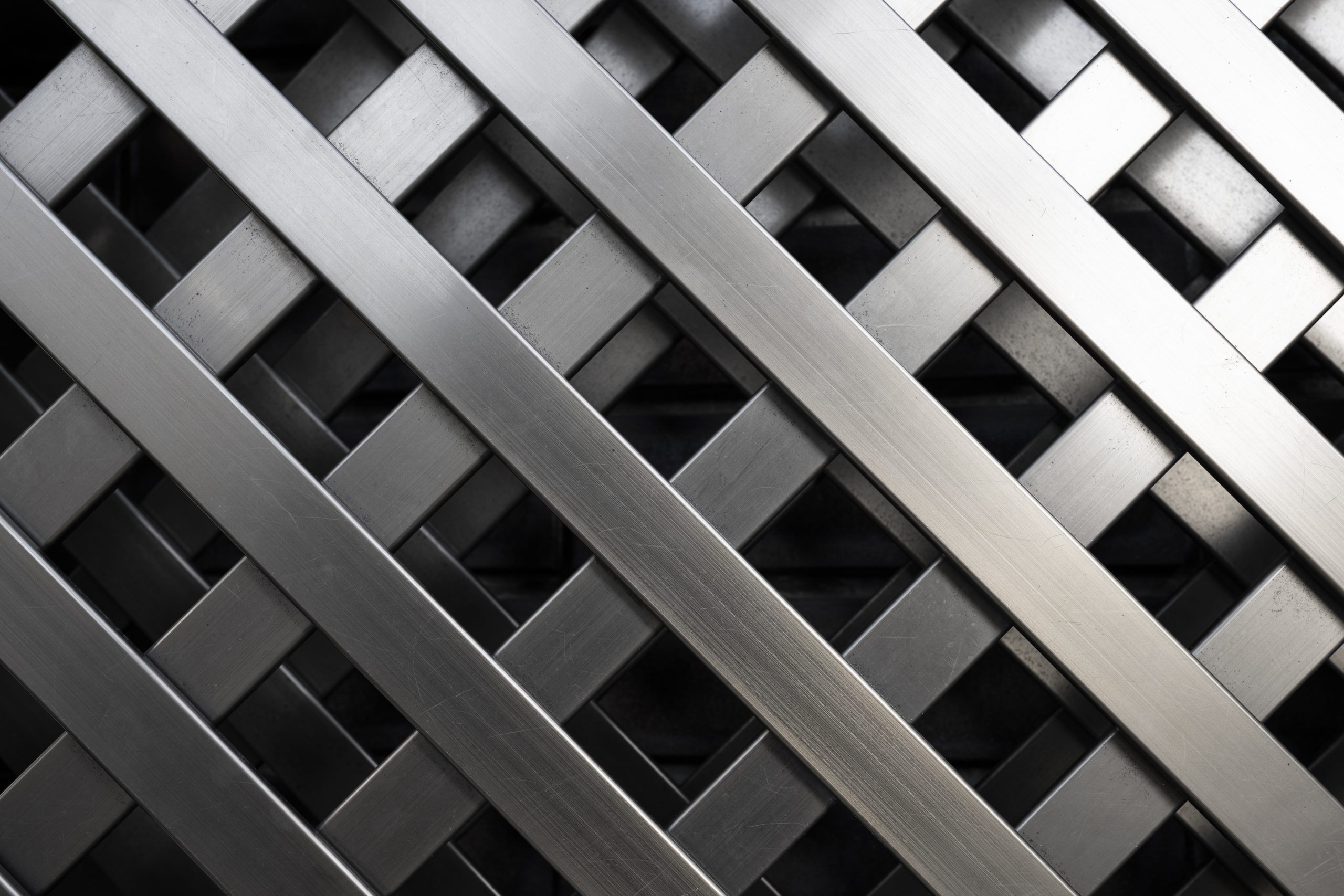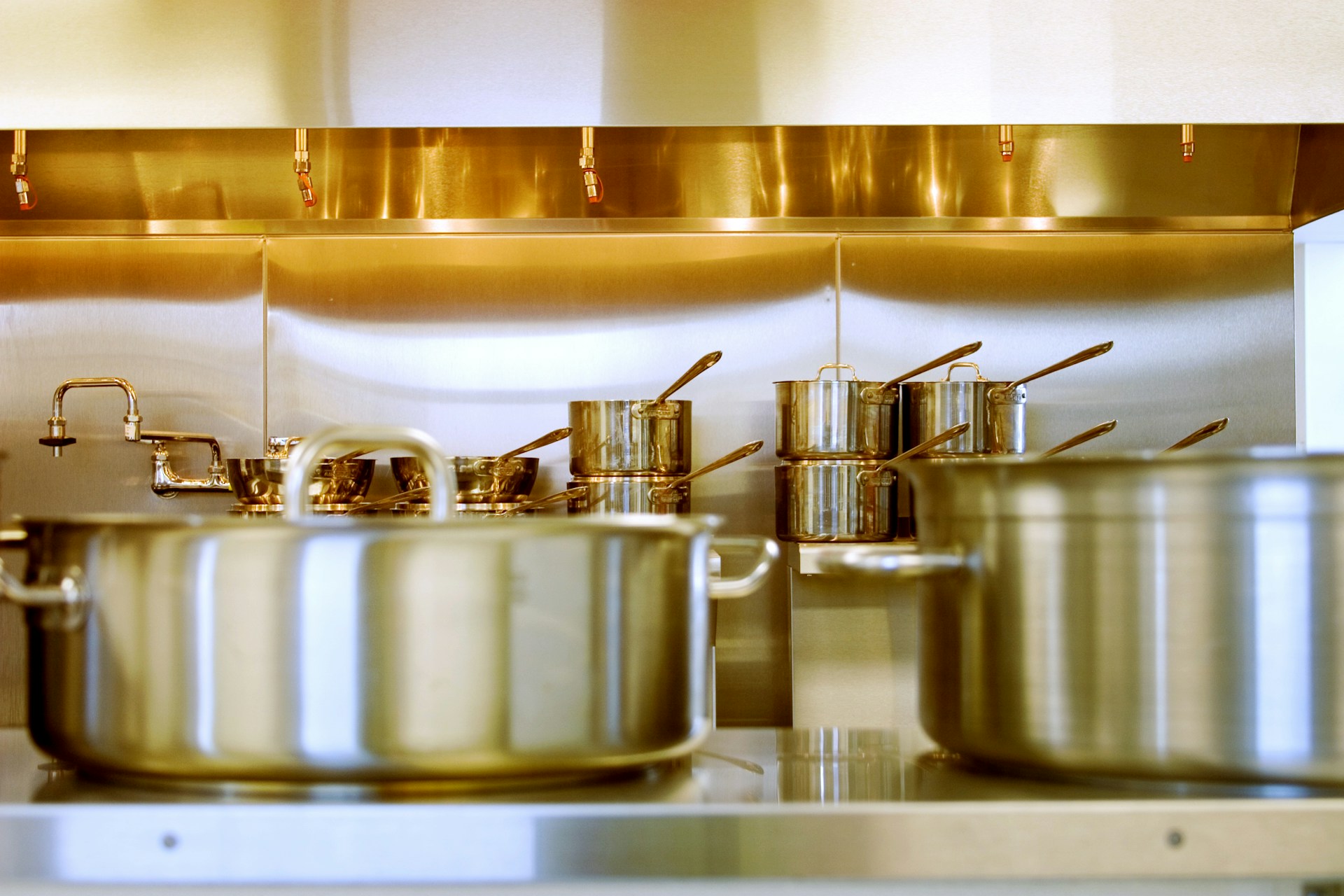Types of Stainless Steel Used in Building Construction Explained
April 4, 2025
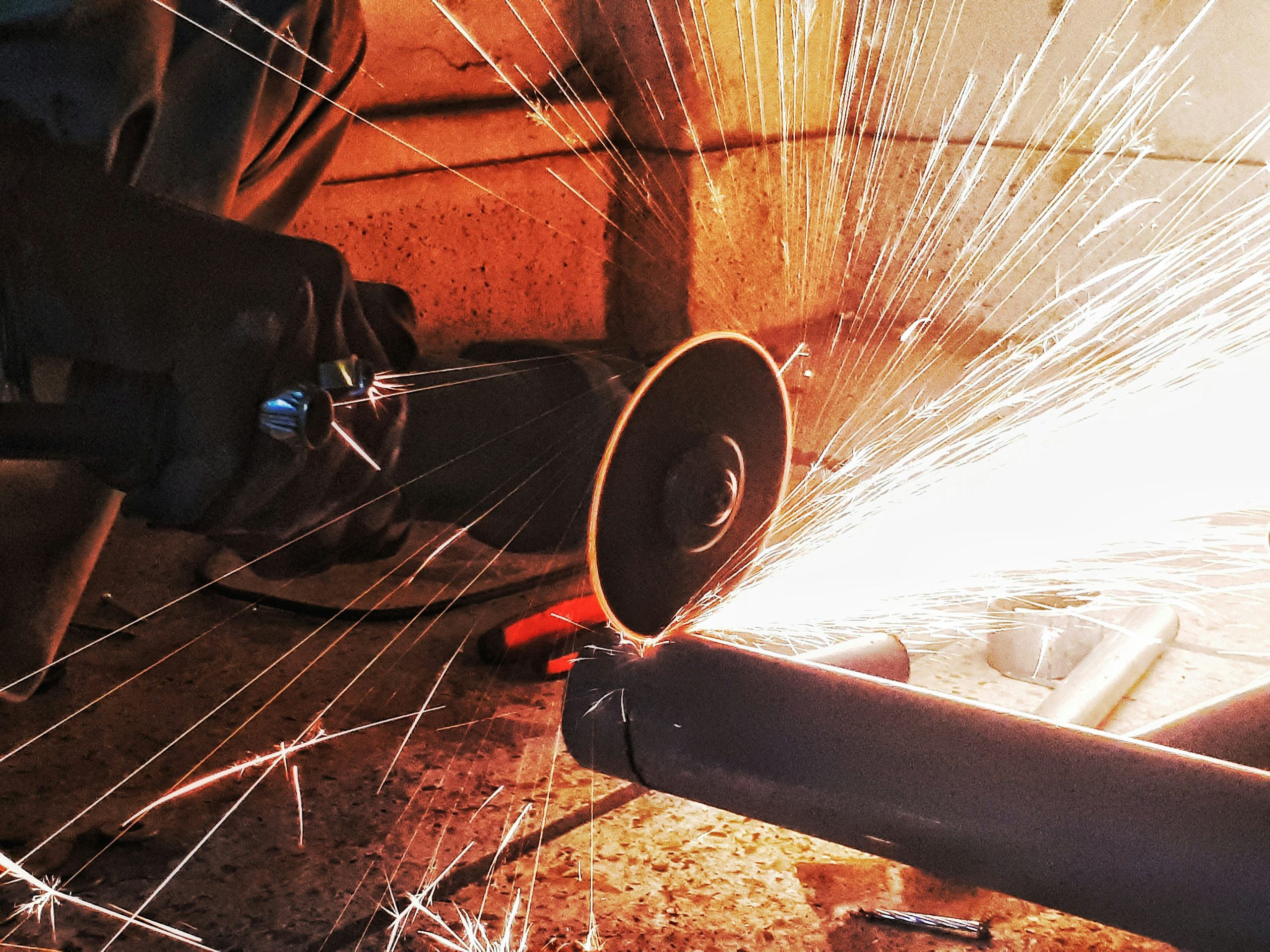
The right materials are crucial in modern construction for building durable, attractive, and resilient structures. Stainless steel is popular for its corrosion resistance, strength, and low maintenance.
This blog explores the main types of stainless steel used in construction, each serving a unique purpose and enhancing structural durability and visual appeal. Choosing the correct type of stainless steel for construction is essential for achieving strength and longevity, especially in large-scale or innovative architectural projects.
Why Stainless Steel Is a Preferred Material for Construction
Stainless steel in building construction has gained popularity due to its versatile properties and long-term benefits. Unlike other alloys that may corrode or degrade, stainless steel resists corrosion, making it highly durable and reducing maintenance costs.
Its recyclability also appeals to eco-friendly projects aiming to reduce their environmental impact. Additionally, its strength-to-weight ratio enables more creative and flexible architectural designs without compromising stability. Stainless steel use in construction is extensive, as it’s often selected for projects where strength, durability, and sustainability are essential.
Types of Stainless Steel Used in Construction
Each type of stainless steel in building construction offers distinct qualities that make it suitable for various applications. Let’s take a closer look at the main types of stainless steel used in construction and how they cater to specific structural needs.

Austenitic Stainless Steel
Among the different types of stainless steel for construction, austenitic stainless steel is the most widely used, and it is known for its excellent corrosion resistance and ease of fabrication. With high levels of chromium and nickel, it offers robust resistance to oxidation, making it ideal for structures exposed to challenging environmental conditions, like coastal buildings or humid interiors.
Austenitic stainless steel’s flexibility allows it to be shaped into architectural components like cladding, railings, facades, and structural supports. Its durability and aesthetic appeal make it an optimal choice for exterior applications requiring structural integrity and a visually pleasing finish. This type is crucial for stainless steel construction uses, where performance and visual appeal are needed.
Ferritic Stainless Steel
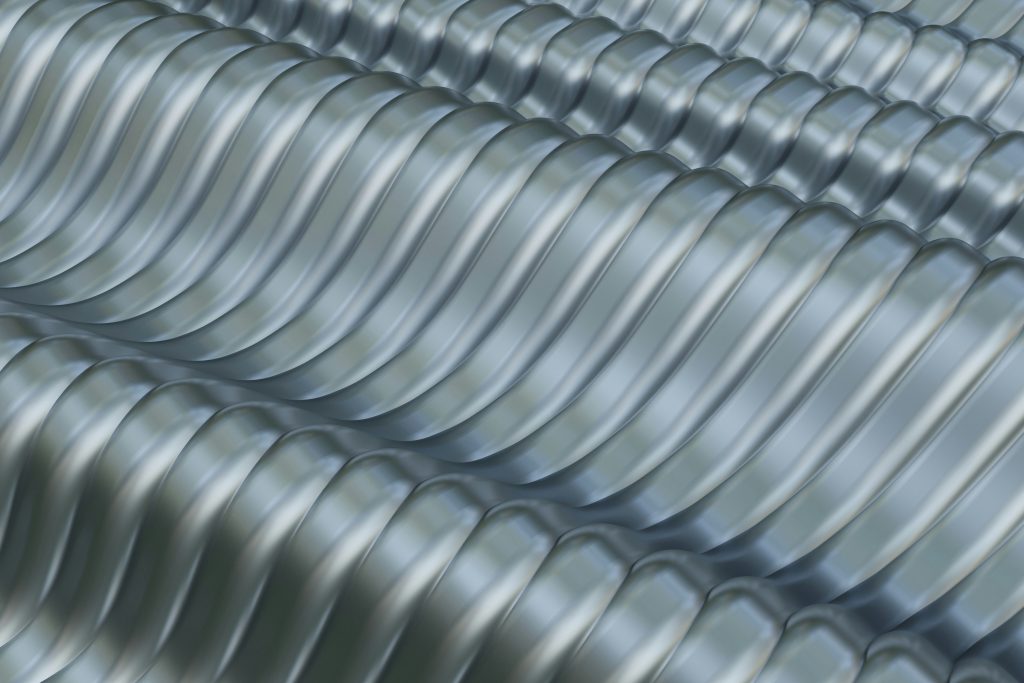
Ferritic stainless steel is another important type of stainless steel in construction. It is known for its affordability and decent corrosion resistance. With chromium content varying from 10.5% to 28%, ferritic stainless steel has better corrosion resistance than martensitic. Although it’s not ideal for high-stress applications, it performs well for indoor structural elements and automotive parts.
Due to its cost-effectiveness, ferritic stainless steel is a smart choice for projects requiring moderate performance while staying within budget. It remains a valuable option among the types of stainless steel used in construction for applications with controlled environmental exposure.
Martensitic Stainless Steel
For applications where strength and hardness are prioritised, martensitic stainless steel is often chosen from the types of stainless steel used in construction. Characterised by a high carbon content, martensitic stainless steel can be hardened through heat treatment, which gives it exceptional strength and makes it suitable for high-stress parts like screws, bolts, and structural components.
However, it has lower corrosion resistance than other types, so it’s better suited for internal components or environments with minimal moisture exposure. Its durability and hardness make martensitic stainless steel a valuable choice in structural applications that demand high mechanical strength without high corrosion resistance.
Duplex Stainless Steel
Duplex stainless steel combines the best qualities of austenitic and ferritic stainless steel, offering high resistance to corrosion and cracking. This combination of properties makes it one of the most valuable types of stainless steel for construction in high-stress environments, such as bridges, coastal structures, and industrial buildings.
With excellent durability, duplex stainless steel resists stress corrosion cracking, making it suitable for structures where high performance and longevity are required. Its superior mechanical properties also allow for reduced material thickness, which lowers project costs and provides solid and lightweight solutions for heavy-duty applications.
Benefits of Using Stainless Steel in Construction
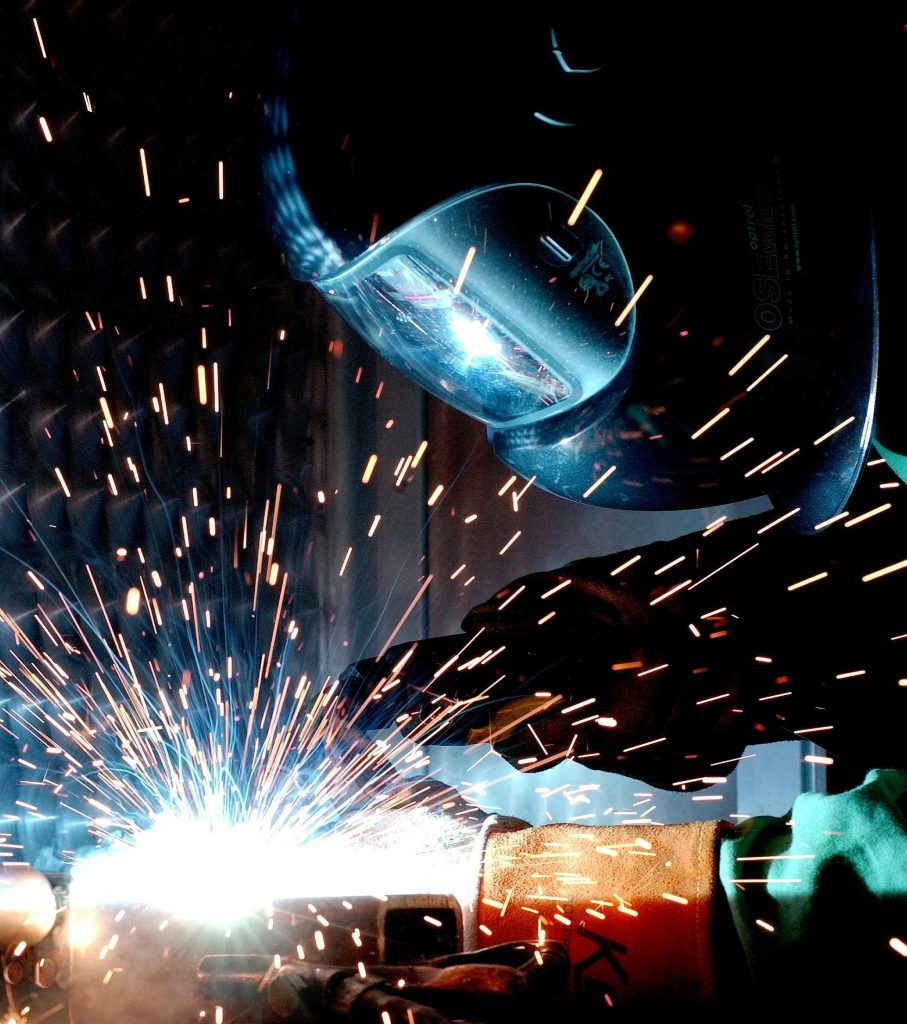
Using stainless steel in building construction provides several advantages that enhance structures’ performance and appearance. Its corrosion resistance helps structures withstand harsh weather, reducing the need for maintenance and prolonging lifespan. Additionally, stainless steel’s durability ensures it can endure high-traffic and high-stress conditions without warping or breaking down.
The sustainability aspect of stainless steel used in construction is also a key benefit, as it is fully recyclable and can be reused without compromising quality. These advantages make stainless steel a staple material in construction, offering a balance of functionality, aesthetic appeal, and eco-friendliness.
Understanding the types of stainless steel used in construction is key to selecting the right material for optimal building results. Each stainless steel type—whether austenitic, ferritic, martensitic, or duplex—offers unique benefits, helping builders and architects make choices that meet structural and aesthetic needs. Choosing the appropriate stainless steel ensures robust, sustainable projects that meet modern construction demands.
